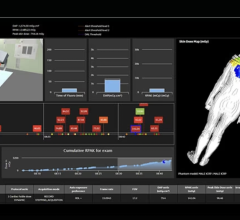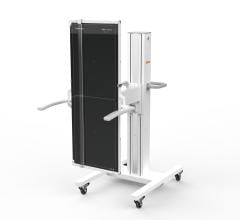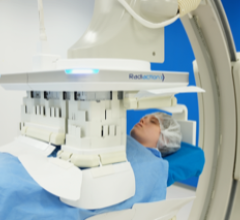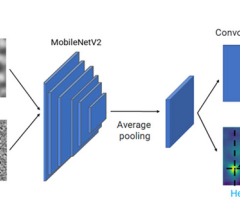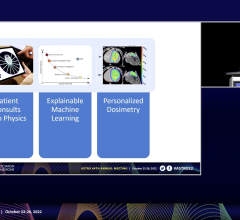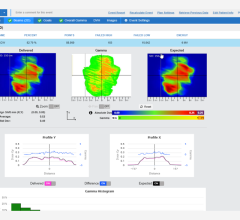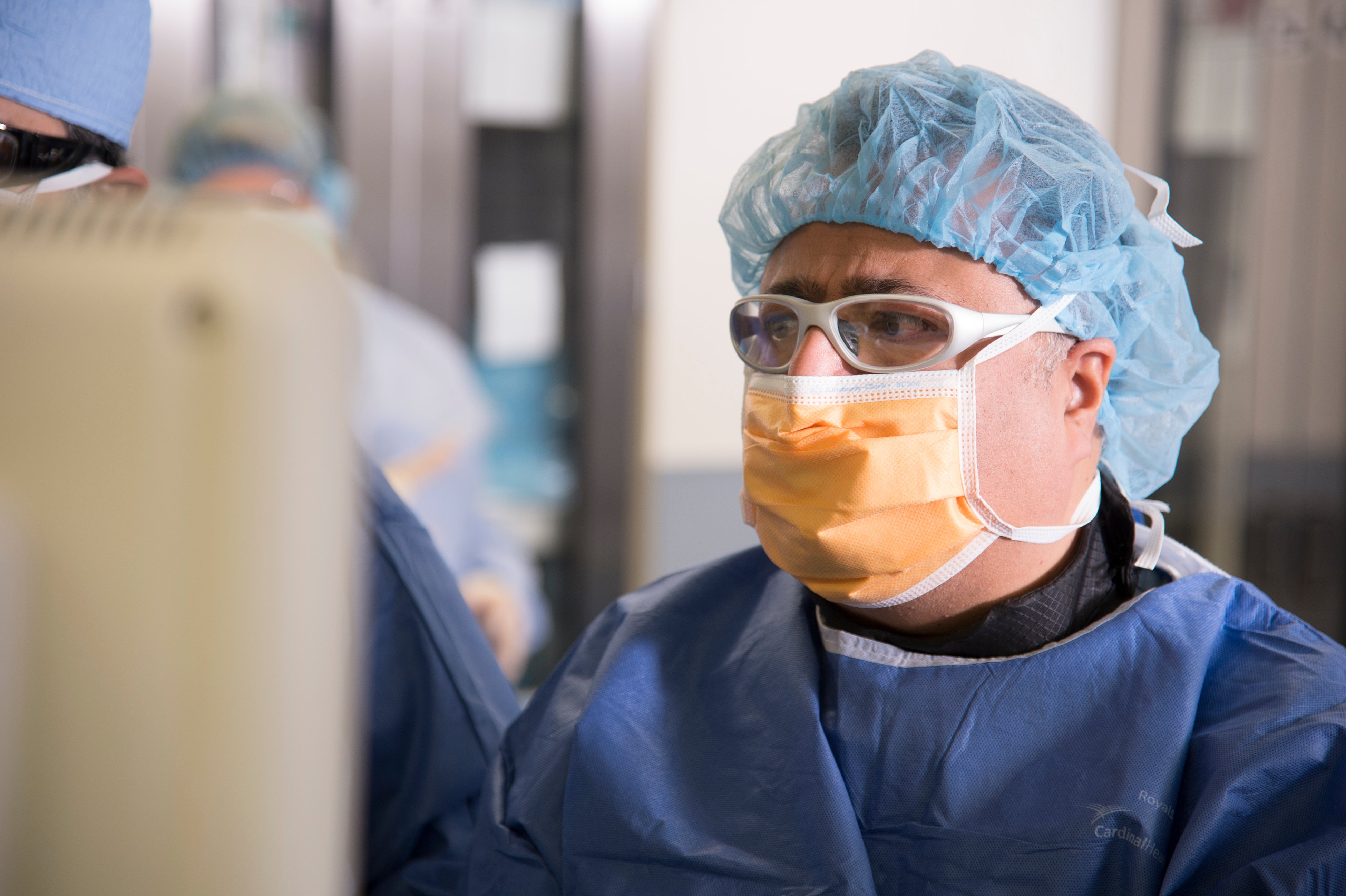
March 2, 2015 — Frequent use of lead aprons in the interventional lab and radiology departments to protect against radiation exposure is associated with increased musculoskeletal pain, according to a study published in the Journal of the American College of Cardiology.
Fluoroscopy, or X-ray guided, interventional procedures performed by cardiologists and radiologists have become increasingly complex. As a result, these specialists spend more time being exposed to radiation and wearing heavy protective lead aprons. Researchers at the Mayo Clinic in Rochester, Minn., surveyed employees to determine whether musculoskeletal pain, cancer and other medical conditions occurred more often among interventional lab and radiology employees compared to other healthcare workers.
An e-mail survey was sent to 2,682 employees of the cardiology and radiology departments of the Mayo Clinic Health System facilities. Employees were asked questions about their work environment such as the use of protective equipment as well as questions about specific medical conditions including pain, cancer and cataracts.
Responses were received from 1,543 cardiology and radiology employees, and 1,042 of the respondents reported participating in procedures that involved radiation. The 501 employees who did not report being exposed to radiation made up the control group. Employees who were required to wear a lead apron reported more work-related pain and reported seeking medical care for pain more often than the control group. Those who reported more pain were more likely to be female, were exposed to radiation more times each week and wore a lead apron more frequently. Pain was reported most often among technicians (62 percent) and nurses (60 percent), followed by attending physicians (44 percent) and trainees (19 percent).
“More attention and effort needs to be directed toward improving the physical stresses that interventional lab employees endure,” said Mandeep Singh, M.D., professor of medicine, interventional cardiologist, Mayo Clinic and a study author. “Efforts should be made to limit procedure times and for regular ergonomic evaluations. Technicians and nurses may benefit from periodic rotation out of the lab.”
“Most of the focus of safety procedures and policies in interventional laboratories have been directed to the patient and the physicians performing the procedure, with good reason, but not necessarily geared toward to the supportive personnel who are integral to these procedures,” said Valentin Fuster, M.D., Ph.D., editor-in-chief of the Journal of the American College of Cardiology. “In creating hospital standards and policies for cardiac catheterization labs, we need to be equally focused on the physical toll to these allied health professionals.”
The survey showed no difference in the rate of cancer, cataracts, hypothyroidism or nephrolithiasis, which are all associated with exposure to radiation; researchers caution that the study would need additional screening and longer follow-up to accurately assess risks for these conditions from radiation exposure.
In an accompanying editorial comment, James Goldstein, M.D., director of research and education, department of cardiovascular medicine, Beaumont Health System, Royal Oak, Mich., said the findings in this study advance the fields of cardiology and radiology in two ways:
- They further confirm previous findings that working in the field of X-ray interventional procedures poses a significant risk for orthopedic injury and
- They do so using a much larger number of respondents, employee age-matched controls, and both physician and non-physician allied health personnel.
“In training, we are taught the hazards of radiation exposure and methods for alleviating it,” he said. “However, it is only human and practical for us to care for our patients without further thought of the risk of injury to ourselves.”
Goldstein also said that growing technology, such as ceiling-suspended individual lead aprons, shielded gloves and shielded scrub caps, is facilitating less radiation exposure and less pain, and he remains hopeful that this trend will continue.
For more information: www.acc.org


 February 06, 2024
February 06, 2024 
